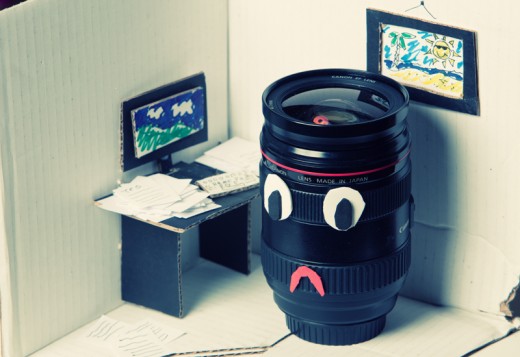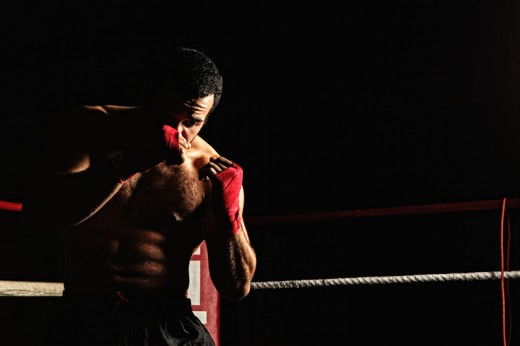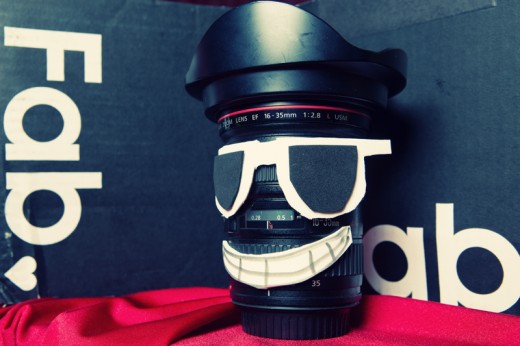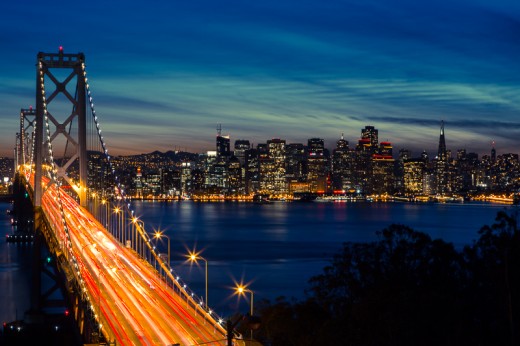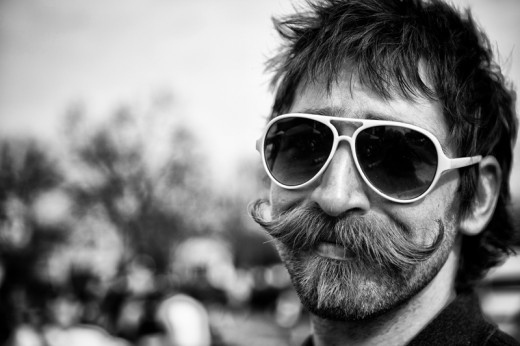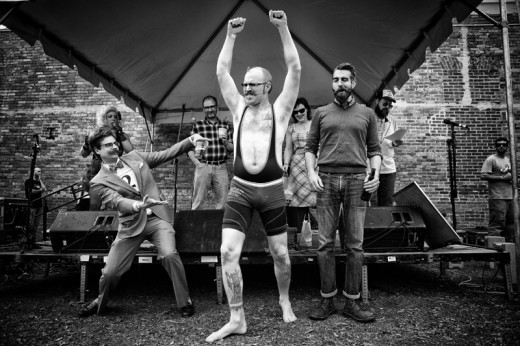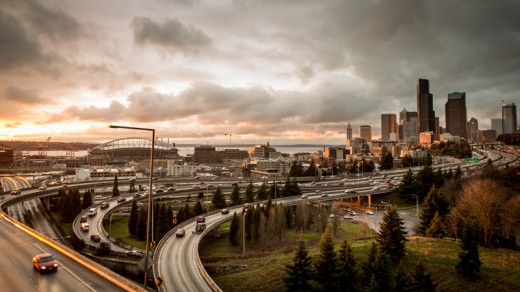The Midrange Zoom — The Lens You Love to Hate
Some lenses just don’t get a lot of love. Call them the Rodney Dangerfields of the photographic world–no matter how hard they try, they just can’t get any respect. They can be sharp, they can be useful, they can be fast, but they continue unloved, like the guy that all the girls really like (as a friend). Commonly, the midrange zoom (usually 17-50mm-ish on a crop sensor camera, and 24-70 or 105 or 120 on full-frame), is one of these neglected, unloved lenses. He works hard, he works a lot, he is eager to please, but he just doesn’t get any attention.
Some say he’s not wide enough, others say he’s not long enough, still others complain that he’s too portly and his hood takes up too much room. When you stop him down, he doesn’t make points of light into starbursts as pretty as his other lens peers. He can’t shoot wildlife, he can’t shoot super tight spaces, and he’s not fast enough for those really dark rooms or to throw the background out of focus enough for those dreamy portraits.
He doesn’t get the celebrity-like attention of the ultra wide angle, who can capture those sweeping vistas, or create dramatic portraits, or accentuate foreground subjects in the attention-grabbing way that he does. He is the narcissist, the showboat, the ham, while the midrange goes quietly about his business, doing all that is asked of him with quiet confidence. Walk softly, but carry a big stick is his mantra, while the ultra-wide is all “look at me!”
He doesn’t have the attention-grabbing power of the white lenses, either. He can’t boast about image stabilization, or incredibly creamy bokeh. He can almost shoot macro, but he doesn’t like to shout about it.
He gets called names. A lot. Photographers are a mean bunch–they say he sucks at the wide end, that he sucks at the long end, that he’s soft, that his corners could be better. They complain that he’s too heavy, to expensive, too boring. They say no good photos are taken with “normal” lenses, even though there are some who would disagree.
He keeps taking photos, though. As other lenses come and go, he remains. He’s the lens that you just can’t afford to get rid of, because he’s so useful for so many things. He can do product photography, he can do near-macro photography. He allows you to take a group shot and a closeup portrait in the same breath, without breaking a sweat. He can’t capture it all in that sweeping landscape, but he can get enough of it in, most of the time. He may not be fast enough for the lowest light, but his camera-mates keep seeing better and better in the dark, and suddenly his maximum aperture doesn’t seem like quite the limit it used to.
He may not have quite the shallow depth of field that those fancy primes do, but he can cover the focal lengths of three primes, and everything in between. Even though it could be said of many lenses, he could easily be your only lens and deliver an eclectic variety of looks and scenes.
Though he doesn’t spend a lot of time complaining about how little attention he gets, sometimes we should acknowledge what he does for us. Give him a pat on the back, tell him that you appreciate what he does. You may look through your photos and appreciate just how well he can do his job, given the opportunity.
Wherever you are for Easter this year, if you bring a midrange zoom with you to cover the egghunts, the chocolate bunnies, or just portraits of your friends/family, make sure he knows how much you care.
